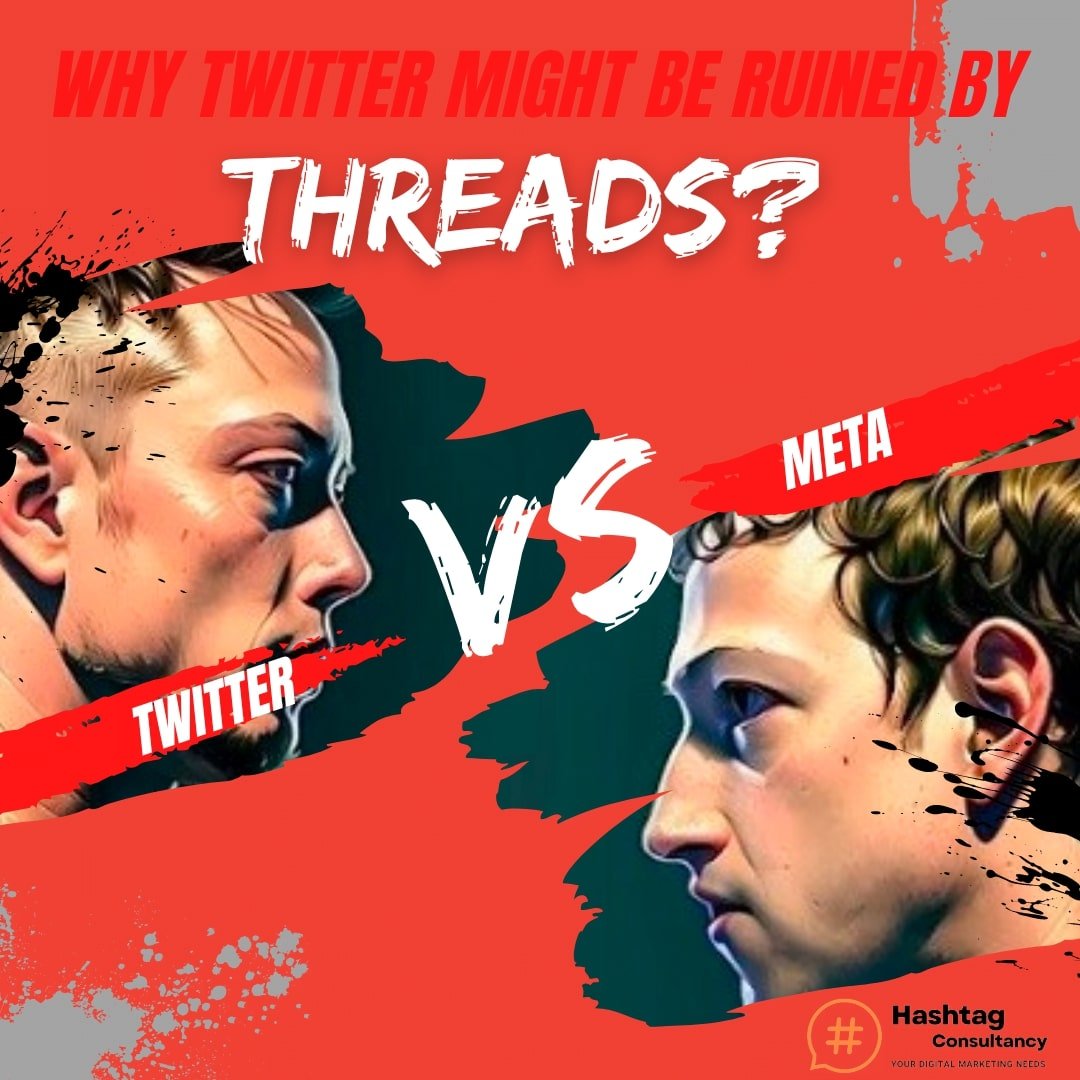Two different strategies for advertising goods or services are digital marketing and traditional marketing. Here are some significant variations between the two:
Channels: Offline channels like television, radio, newspapers, billboards, and direct mail are frequently used in traditional marketing. Digital marketing, on the other hand, makes use of online resources such websites, search engines, social media platforms, email, mobile applications, and online advertising networks.
Reach and targeting: Traditional marketing has a wide audience, but it might be difficult to effectively target particular categories. However, digital marketing provides more accurate targeting options, enabling companies to target particular groups based on demographics, hobbies, behaviour, and other pertinent data.
Interactivity and Engagement: Digital marketing enables interaction and two-way contact with the target market. Social media, reviews, comments, and live chat are all ways that consumers can interact with brands. On the other side, traditional marketing typically provides little opportunities for direct involvement and participation.
Cost: Traditional marketing strategies frequently involve sizable monetary outlays, particularly for platforms like television commercials or billboards. In contrast, digital marketing provides more affordable solutions, enabling companies with different budgets to run focused campaigns for online advertising.
Measurement and analytics: Digital marketing offers a wealth of data and analytics, allowing companies to precisely gauge the success of their marketing initiatives. Metrics like website traffic, click-through rates, conversion rates, and consumer behaviour can all be tracked. Traditional marketing focuses more on estimates and market research, despite being difficult to assess properly.
Flexibility and Quickness: Digital marketing provides more agility and flexibility when it comes to making real-time modifications to campaigns. On the basis of performance measurements and client feedback, adjustments can be made immediately. Changes to campaigns in traditional marketing frequently take more time and effort.
Global Reach: One benefit of digital marketing is that it has comparatively few restrictions for reaching a global audience. Regardless of their geographical location, it enables businesses to advertise their goods or services to a global clientele. Traditional marketing, in comparison, has a smaller geographic reach.
It’s vital to remember that traditional marketing and digital marketing each have advantages over the other and can work well together in a cohesive marketing strategy. Based on their target audience, objectives, and available resources, businesses frequently select a combination of these strategies.



